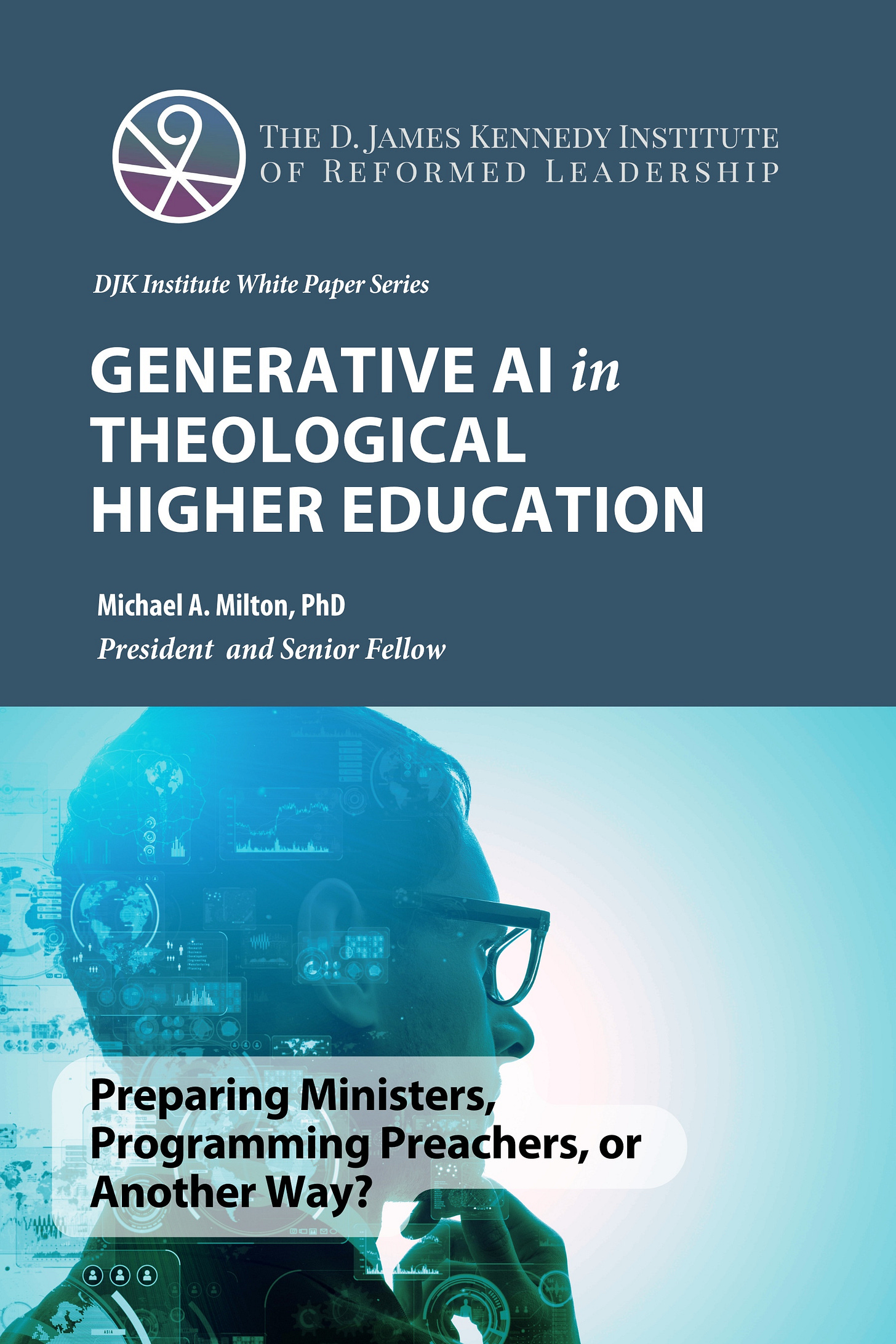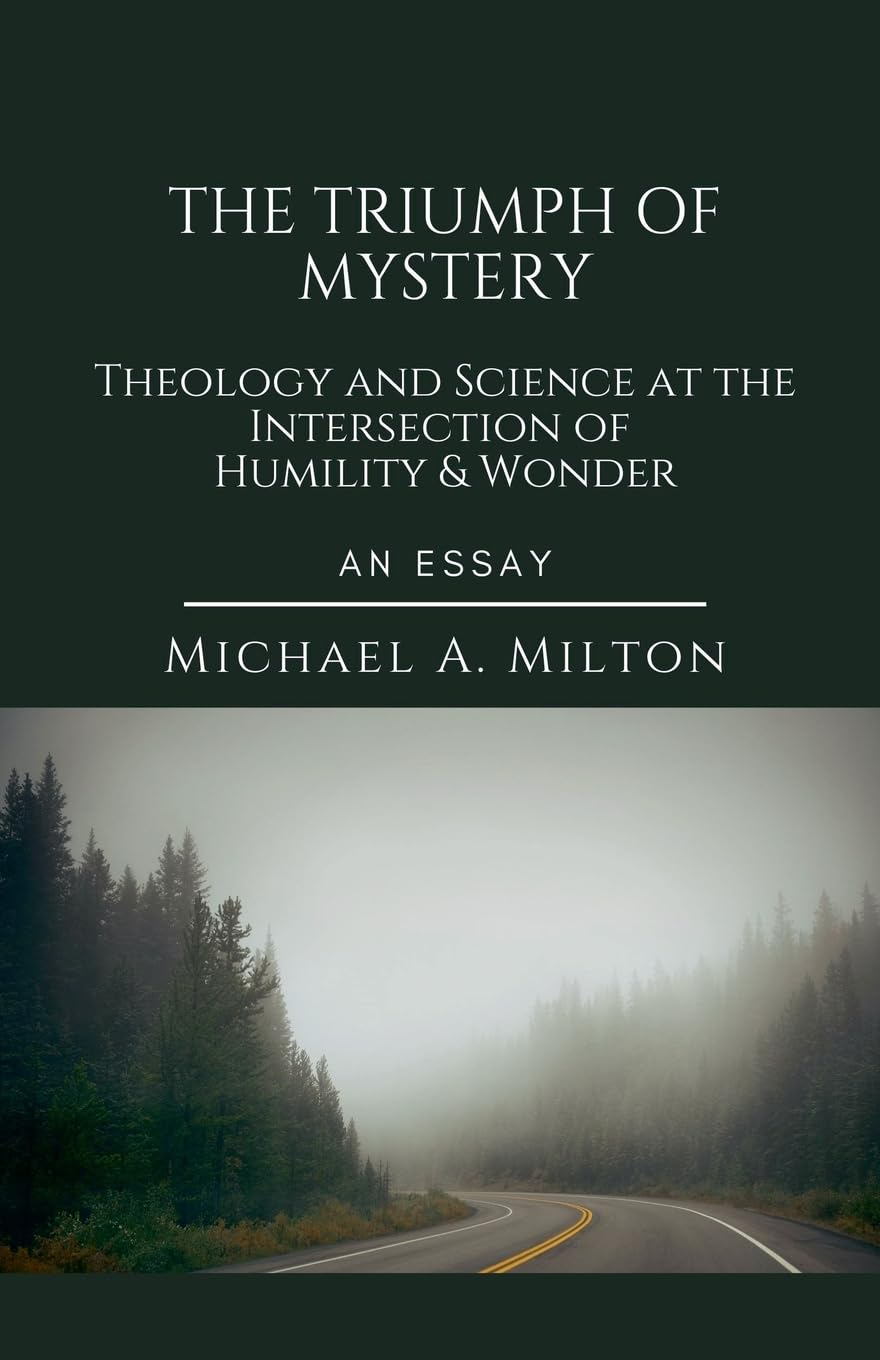Dear Friends,
Things aren’t always as they seem. Take this publication, for instance.
I could begin by humorously admitting, “Welcome to a newsletter about newsletters.” Substack, our gracious host, calls these posts "newsletters." Yet most of what you’ve received from me through this medium feels more like essays or articles—my typical offering. So today’s message genuinely is a newsletter about newsletters. But then again, maybe it’s also a bit like something else—a reflective article, perhaps? Stay with me; there's a point here.
I was recently reminded that other mysteries lie just beneath the surface—like the awakening springtime here in the Blue Ridge Mountains. March brings gradual, uncertain transitions, but April and May are when nature truly performs: azalea, mountain laurel, redbud, wild pear, and especially the glorious, ubiquitous dogwood trees. White and pink dogwoods bloom in cultivated landscapes and in wild abandon across mountains and valleys alike. It's no wonder that Cornus florida—the flowering dogwood—is the North Carolina state flower. Yes, flower. You might have thought it was simply a tree. Well, it is that too—but its "flower" was officially designated by our legislature in 1941 as the blooming symbol of the Tarheel State. Yet, astonishingly, the iconic white blossoms aren’t technically flowers at all. They're actually bracts—modified leaves, botanically similar to those of a poinsettia (For the record, North Carolina’s actual state tree is the Longleaf Pine; our state frog is the charming Pine Barrens tree frog, Hyla andersonii—though perhaps you knew that already).
My point is this: beneath every visible reality, there often lies a deeper, unseen truth. Our lives frequently exist within a paradox: a flower that's really a leaf; a tree known better for its blossom than its branches; a newsletter that's also an article—or is it the other way around? Our everyday struggles and joys similarly have both visible and hidden meanings. Behind every "presenting issue" in your life—a loss, a change, or even a quiet joy—lies an invitation to seek the spiritual reality beneath. Ask yourself, "What deeper truth lies hidden here? What is the subtext beneath the visible text?" In asking these questions prayerfully, you gain not just insight but something rarer and richer: spiritual vision.
With that vision in mind, we warmly welcome you.
New Single Released
We want to give you a special, early preview of an old-new song: “Christ Is Risen.” The song appeared on the album Follow Your Call (Bethesda Music, 2011), but it was never released as a single.
This mission anthem will be released on April 4 on all major digital stores and streaming services. But as a subscriber to this Substack, you’re invited to listen now and reflect on its message as we approach Resurrection Sunday.
“Christ Is Risen” is an upbeat world music celebration of the risen Christ. The song, taking the “Memorial Acclamation” in, e.g., the Roman missal and Rite II of the 1979 Book of Common Prayer (after the words of the Institution of the Lord’s Supper), follows the path of Christian missions through the ages—from Jerusalem to Asia Minor, Europe, Africa, North America, and now the East—echoing the global chorus that unites believers in every land:
Christ has died
Christ is risen
Christ will come again
The Spirit is moving across the world, bringing His children in.
Watch the official music video and listen to the entire song here:
New (and not-so-new) Subscriber Gifts & Resources
We also want to offer a few thoughtful gifts—available now at no cost to new and existing subscribers. I will also list the resource on Amazon. We don’t want you to buy anything, but if you share the resources with someone and they purchase through Amazon, there could be a small gift from Amazon to Faith for Living, Inc., a North Carolina 501(c)(3) nonprofit corporation.
1. Journey of a Lifetime
This book is a guide for deepening your walk with Christ throughout your life. It is suitable for both newcomers and those who are further along their journey. It contains resources on the historic Christian faith.
2. Generative AI in Theological Higher Education
A white paper for the more curious (or shall we say “nerdier”) among us—an exploration of how emerging technologies, like AI, intersect with seminary life, theological instruction, and mission. Footnotes included; coffee is optional. Drowsiness is almost certain to occur. However, for those who serve in theological higher education, I trust the essay provides some fodder to bring about further reflection on technology and vocational ministry training.
3. The Triumph of Mystery: Theology and Science at the Intersection of Humility and Wonder
A reflection on the harmony between theology and the sciences, celebrating mystery not as a barrier to knowledge, but as a gateway to worship. This download is an eBook that is compatible with Apple Books, Kindle, Nook, and others. If you encounter any issues, don't hesitate to contact learnmore@faithforlivinginc.net.
Sunday’s-a-Comin’
We look forward to the Lord’s Day for its rhythm of worship and rest, along with a glimpse of eternity's vision. We will humbly seek to offer part two of What God starts, God Completes, the proclamation of the truth of Philippians chapter 1, verse six, with my testimony as an illustration. How I pray that this is of encouragement to some. As Dr. James Kennedy used to say, it is one beggar to another reaching out a hand of hope with the bread that has been given him by grace through faith (Ephesians 2:8, 9).
“The world has our hands, but our soul belongs to Someone Else. Six days a week we seek to dominate the world, on the seventh day we try to dominate the self.”
― Abraham Joshua Heschel, The Sabbath: Its Meaning for Modern Man
The Mystical Union with Christ through Suffering
I want to close by reflecting on a friend of mine—an extraordinary minister and priest in the Anglican tradition. This past week, during a season when the brokenness in my body shifted from the physical to the metaphysical, the pathology of illness seemed to burrow deep like a hidden worm within the soul, depositing its bitter poison. For most of my life, I served as the physician of the soul, responding to spiritual calls day and night, ministering in unusual places—from military training grounds to a prisoner's cell on death row in Leavenworth, with numerous hospital emergency rooms in between. But my own time has now come to receive such ministry.
I could not think of anyone more gifted—or more remarkably willing—to lay aside his commitments after a demanding Lenten service, a full day of counseling, committee meetings, and sermon preparation. During his time with me, my friend guided me on a spiritually cleansing journey, exploring parallels between Noah’s fall (Genesis 9:20-23) and Adam’s fall (Genesis 3), examining the original Hebrew texts, and reflecting on the insights of T. F. Torrance, the renowned 20th-century Reformed theologian from the University of Edinburgh. Our conversation also embraced Walker Percy, the distinguished Catholic novelist, counted among the literary giants of the American South, like William Faulkner, Flannery O’Connor, and Thomas Wolfe.1 In about fifteen minutes, this gifted spiritual director drew together theology, literature, philosophy, and God’s providence in my own life, helping me uncover meaning in suffering—and even more.
“Believe God's word and power more than you believe your own feelings and experiences. Your Rock is Christ, and it is not the Rock which ebbs and flows, but your sea.”
― Samuel Rutherford
After traversing reflections that culminated in nothing less than a biblical theology of suffering, my friend brought me reverently before the cross of Christ. He invited me to lay down my burdens there, to “put on Christ” (Romans 13:14), and to begin perceiving my suffering as participation in Christ’s own sufferings, drawing me deeper into our mystical union with Him (Philippians 3:10). He conducted this spiritual odyssey while seated quietly at the side of my bed. From one pastor to another, I say, “Not too shabby. Not too shabby at all.”
I suspect he is reading these words, as he is a subscriber. While I did not seek his permission to mention his name and thus maintain his anonymity, Reverend So-and-So will undoubtedly recognize himself in this little meditation. To him, I express my heartfelt gratitude. He left me with these poignant words: “You are on a journey that is the most profound of your life. For now, all your theology, teaching, preaching, and counseling must converge in living—living with the thorn, and offering your life to Christ in a new way” (2 Corinthians 12:7-10).
“Faith for living cannot remain on the Mount of Transfiguration or the Hill of Golgotha. We must live out our Christian faith until our theology becomes our biography.”—Michael A. Milton
As he departed after laying hands upon me and praying, I was reluctant to leave Mount Calvary. Like the Apostle Paul, I profoundly desired to share in Christ’s sufferings, knowing that this path ultimately leads to the resurrection and the empty tomb (Philippians 3:10-11). Yet, faith for living cannot remain on the Mount of Transfiguration or the hill of Golgotha. We must live out our Christian faith until our theology becomes our biography.

“Grace grows best in winter.”— Rev. Dr. Samuel Rutherford (1600-1661)
Each year during Lent, I select a book for meditation leading up to Easter. This year, my reading aims to discern Christ’s presence and power in suffering, embracing Him more intimately as Lord and Savior. I am reading Samuel Rutherford’s (1600–1661) The Loveliness of Christ, a collection of excerpts from his Letters, many written from prison in Aberdeen during 1636–1638. When I began reading, I did not anticipate being confronted so personally with practicing what Rutherford preached. I am certainly no Samuel Rutherford. But this saintly seventeenth-century Scottish Presbyterian minister’s appeal to the presence of Christ in suffering—his profound reflections on the paradoxical unleashing of grace amid the shackles of a fallen world and broken body—compelled me to pause and breathe in the rich oxygen of truth. Alongside Rutherford’s wisdom, a priest of remarkable spiritual insight helped me to view this new phase of life as sacramental. What incredible gifts indeed.
Trials are more easily diagnosed than faithfully endured. —Mike Milton
Reflecting on these things, I remain mindful that many of you also face trials. I have learned this truth: trials are more easily diagnosed than faithfully endured. Or, as my priestly colleague gently reminded me, “So, you’ve learned you are human.” Indeed, we are human, fragile and finite, and thus profoundly in need of a Savior who is fully human yet fully divine (Hebrews 4:15-16). Yet, Jesus Christ is magnified in your frailty and present in your falls. He lifts you. He carries you. And if you should fall through the veil of here and eternity, Christ awaits you with open arms. He will never leave you nor forsake you. So, if you are experiencing an Epiphany moment in this Lenten season, freshly aware of your own frailty in body or spirit, my prayer is that you encounter the transformative presence of Jesus Christ and the comforting power of the Holy Spirit within the loving providence of our Heavenly Father. May you discover, even sooner than I did, the profound wisdom Samuel Rutherford so eloquently expressed:
“Grace grows best in winter.”
Now may the Lord bless and keep you, cause His face to shine upon you, and grant you peace (Numbers 6:24-26).
Yours faithfully,
Mike
The reflections in this meditation draw upon insights from the writings of T. F. Torrance (1913–2007), renowned 20th-century Reformed theologian from the University of Edinburgh, and the literary legacy of notable Southern authors, including Walker Percy (1916–1990), distinguished Catholic novelist; William Faulkner (1897–1962), prominent literary figure; Flannery O’Connor (1925–1964), celebrated Southern writer; and Thomas Wolfe (1900–1938), influential novelist from North Carolina.







